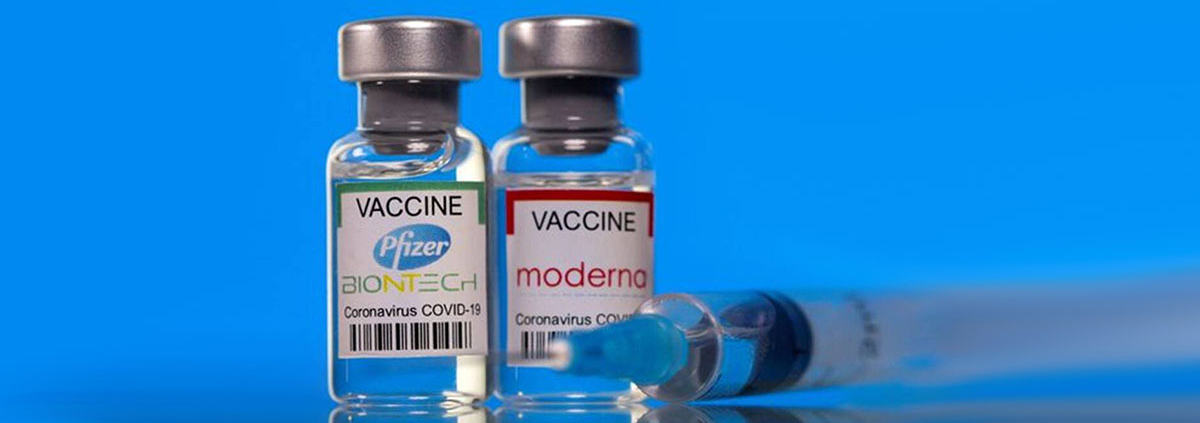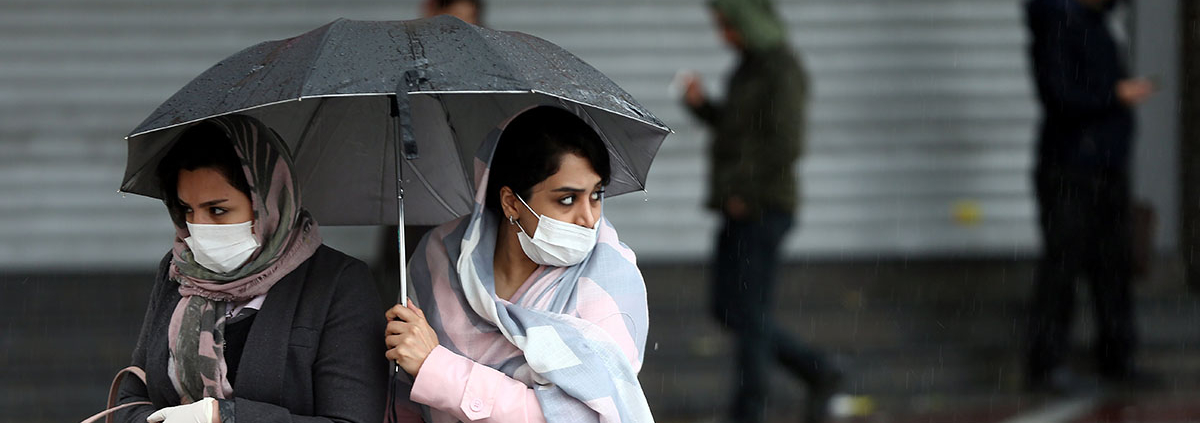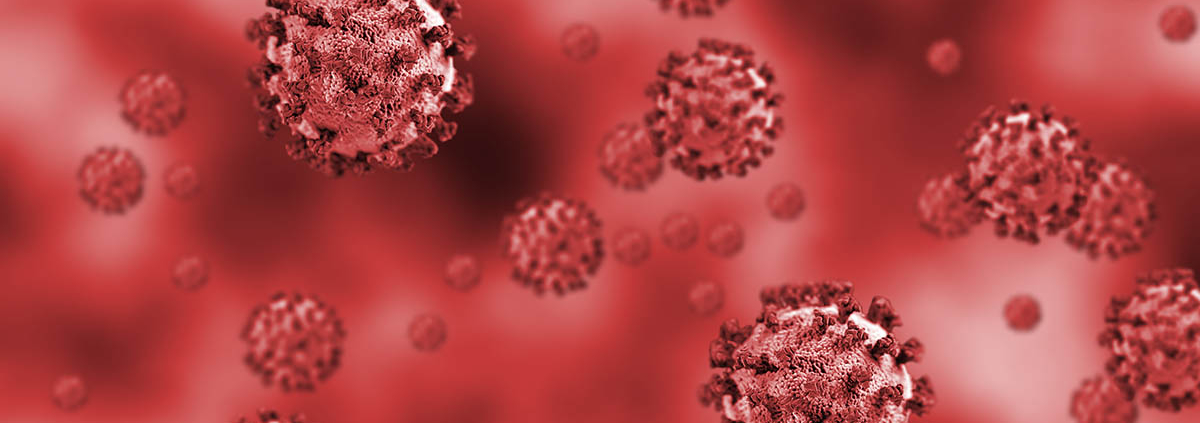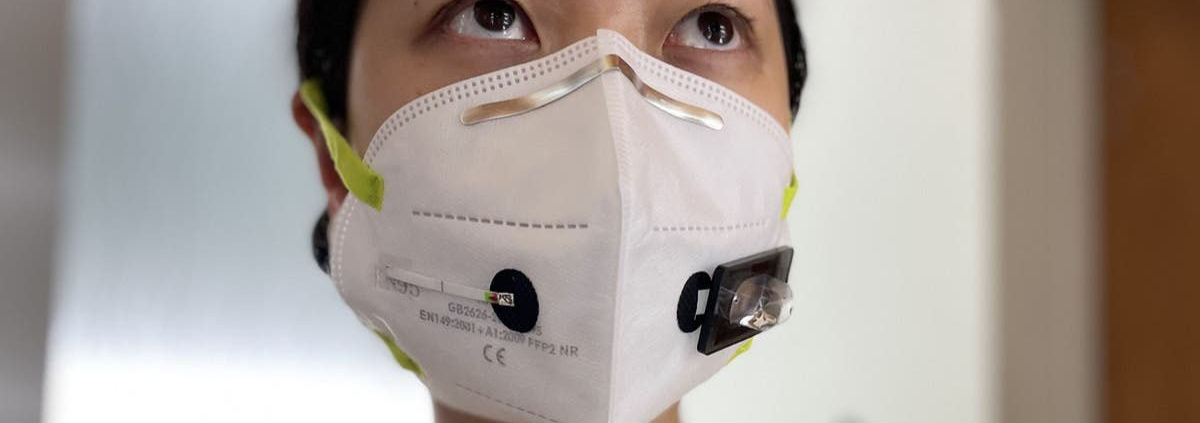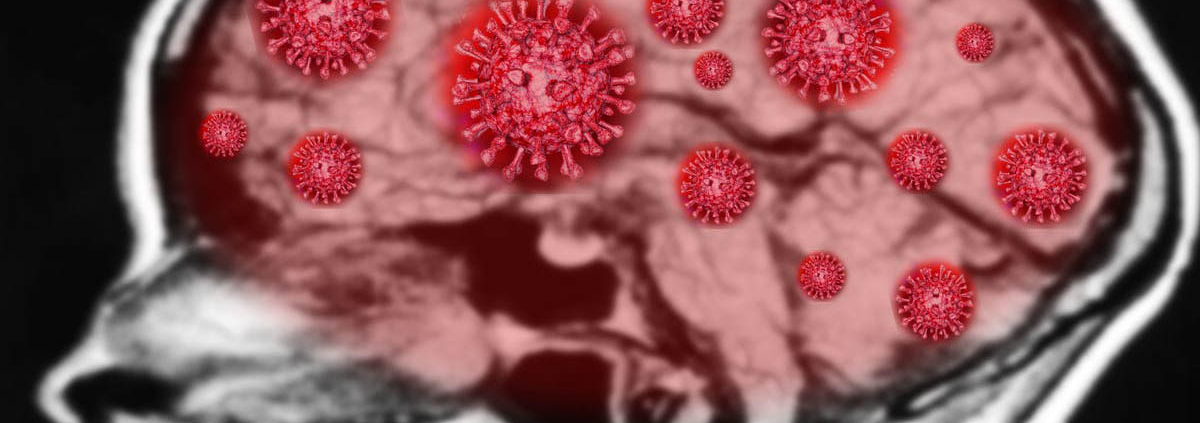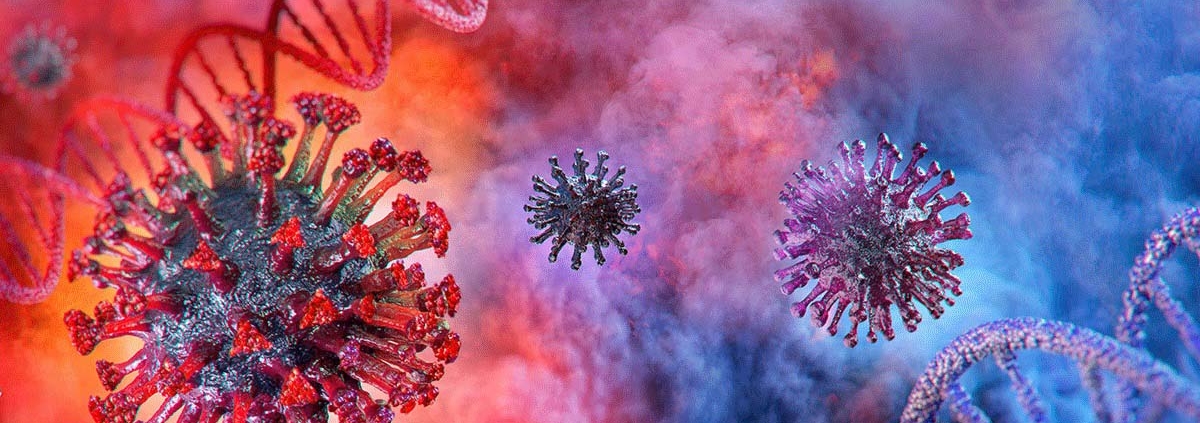Patients with mild COVID-19 infections experience a significantly increased longer lasting reduced sense of taste and smell; this is also the case for long-term shortness of breath, although relatively few people are affected.
Patients with mild Covid-19 infections experience a significantly increased longer lasting reduced sense of taste and smell. This is also the case for long-term shortness of breath, although relatively few people are affected. And women and the elderly are particularly affected. This is shown by new research findings from Aarhus University Aarhus University Hospital and Regional Hospital West Jutland
The last 14 months have taught us that there are different symptoms and outcomes of Covid-19. However, the vast majority of people who fall ill with Covid-19 experience mild symptoms and get over the disease in two to three weeks.
These are precisely some of the people who have been the subject of a new study from AUH, HEV and AU. In the study, researchers have compared symptoms on a daily basis for up to 90 days in 210 healthcare workers who had tested positive and 630 with a negative test.
Each day, the participants received a link to a questionnaire on whether they had experienced one of the following symptoms within the last 24 hours: coughing, sore throat, headaches, fever, muscle pain, shortness of breath and reduced sense of taste and smell.
The scientific article can be read in the International Journal of Infectious Diseases.
Release date: 29 Jun 2021
Source: EurekAlert

